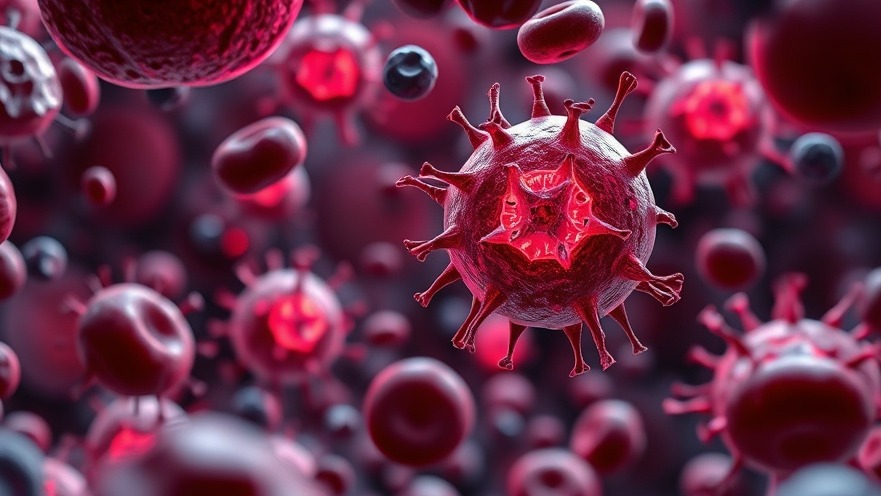
How Tumor Cells Make Their Move: A Breakthrough Revelation
The journey of a tumor cell from its primary source to distant body parts is both remarkable and tragic. Researchers at the University of Tokyo have unveiled crucial insights into how tumor cells evade elimination and invade other organs, a phenomenon known as metastasis. In their recent study published in iScience, they detail the mechanics of how these cells enter the bloodstream, posing significant implications for cancer treatment methodologies.
The Set-Up: Creating the In Vitro Cancer Model
To investigate this critical process, the interdisciplinary team developed an innovative three-dimensional in vitro culture model that simulates the conditions in the human body. This model featured both artificial blood vessels and tumor organoids, which are miniature pieces of tumor-like tissue, closely mimicking real tumor environments. By positioning these organoids strategically near blood vessels, the researchers created a scenario to analyze how clusters of tumor cells act when detaching from a primary tumor.
Watching Tumor Cells in Action: Live Imaging Techniques
The research team utilized live imaging techniques to observe interactions in real-time, a groundbreaking approach that allowed them to closely monitor how tumor cell clusters penetrate the blood vessel walls. Their observations led to a striking conclusion: the clusters of tumor cells not only migrate toward blood vessels but also disrupt the endothelial barrier—facilitating their entry into circulation.
Significant Discoveries About Endothelial Cells
One of the key findings was the role of transforming growth factor-β (TGF-β) and activin, two proteins essential in cell signaling. When the tumor clusters approached, endothelial cells in the blood vessel wall exhibited increased expression of these proteins. This response triggered what researchers call endothelial-to-mesenchymal transition, suggesting that tumor cells induce changes in the blood vessel structure itself, weakening it to aid their escape.
The Mechanism Behind Metastasis: Disruption and Dispersal
The implications of this discovery are vast. Understanding how tumor cells disrupt the blood vessel walls gives medical science a clearer view into the metastasis process. Once in the bloodstream, these clusters of cells can travel to distant sites, where they can establish new tumors with alarming efficiency. This revelation could lead to developing more targeted therapies to prevent these cells from entering the bloodstream, fundamentally shifting treatment paradigms.
Future Insights: Enhancing Prevention and Treatment Strategies
This study not only enlightens our understanding of metastasis but also prompts a critical dialogue regarding enhanced prevention strategies and innovations in cancer care. Should therapies focus on preventing the formation of these circulating clusters? Or would targeting their migration be a pragmatic approach? With these insights, healthcare practitioners are provided with new avenues to explore in preventing cancer spread, improving patient outcomes, and shaping future clinical trials based on these discoveries.
Emphasizing the Value of Understanding Metastatic Mechanisms
The value of recognizing how and when these tumor cells access the bloodstream cannot be understated. As concierge health practitioners, staying ahead of developments like these enables you to provide informed, cutting-edge care for your patients. Furthermore, integrating this knowledge into patient discussions may guide patients toward understanding treatment plans better and being part of their healing journeys.
Taking Action: Staying Informed for Patient Benefit
As research continues to unfold, it’s crucial to stay informed about new findings related to tumor metastasis. Engaging with ongoing studies, attending relevant seminars, and participating in discussions can empower practitioners to implement effective, evidence-based strategies in practice.
In conclusion, as we learn more about the complex dynamics of tumor cells, adaptations in our therapeutic approaches and patient education strategies can significantly impact outcomes. The focus on disrupting metastatic processes offers hope in the ever-evolving challenge of cancer treatment.
 Add Row
Add Row  Add
Add 




Write A Comment